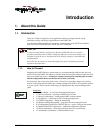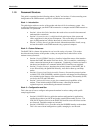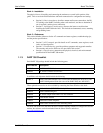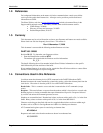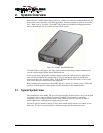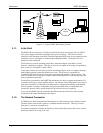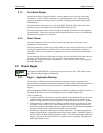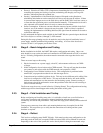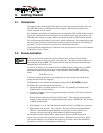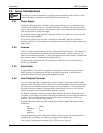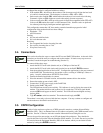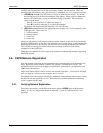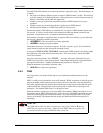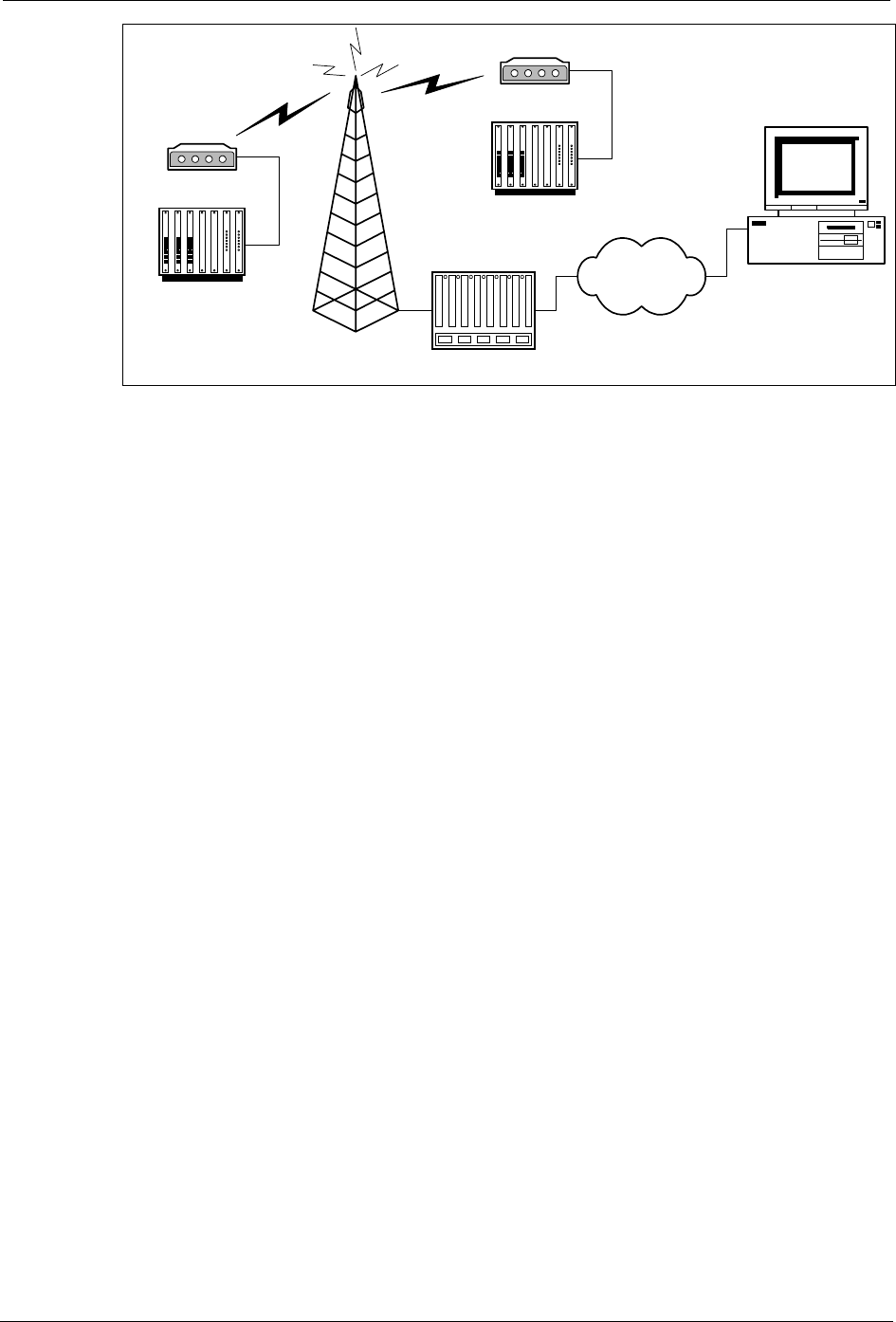
Introduction DART 300 Modem
Page 8 2110212 Rev 1.0
Radio Tower
RTU
DART 300
Base Station
Monitoring System
Internet
RTU
DART 300
Figure 2-2: Typical DART 300 Telemetry System
2.1.1. In the Field
The DART 300 is connected to a local device in the field (shown in the figure above as a RTU),
and a power supply (sometimes from photovoltaic cells or batteries). The local host will be
referred to in this document as the Data Terminal Equipment (DTE) even in cases where the serial
connection it uses is configured as communication equipment (DCE). See Section 10.3 for a
discussion of this distinction.
The local device could be something simple like a meter that outputs a data block, at fixed
intervals, containing its readings. This type of device is not capable of receiving or responding to
data; as such it is considered a “dumb” device.
At the other extreme, the local device could be an intelligent device such as a computer running a
multi-tasking operating system like Windows or Linux. The PC may be responsible for
coordinating the input of several sensors and in turn controlling outputs to various devices. The
local host in this case can manage a complex communication protocol to send telemetry data and
receive operational commands.
The host device connected to the DART 300 modem does not have to support the Attention (AT)
command set directly to operate with the modem. The modem can be configured to power up to a
state where connection is controlled by the remote host or initiated automatically by the modem.
Devices capable of issuing a configuration string have the added ability to initiate their own
connections; however, these systems should also provide fault recovery capability.
In any case, the DART 300 can provide the data link between the local device and a network
connection to the central monitoring/control station.
2.1.2. The Network Connection
A CDPD Service Provider handles the infrastructure of cellular antenna towers and base stations.
The base station converts radio signals to a standard network connection. This may use wires,
fibre optics, or microwave transmissions.
The network connection is usually the Internet (as shown in the figure above) but can be a private
frame relay network if security is an issue.




